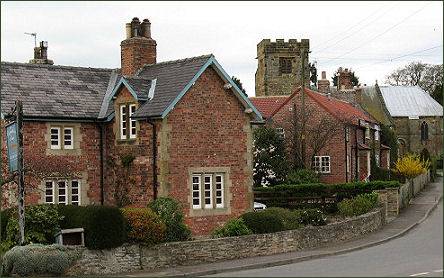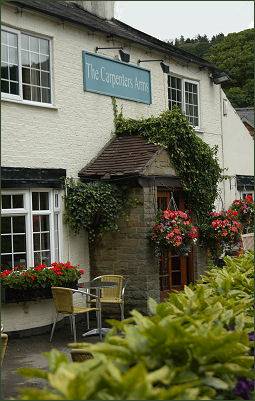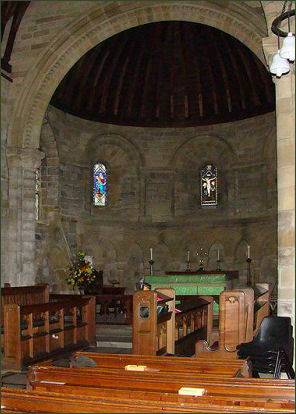Felixkirk
OS grid reference:- SE 468 438
 The pretty and peaceful village of Felixkirk lies on the edge of North Yorkshire's Hambleton Hills and is situated around three miles to the north-east of the market town of Thirsk.
The pretty and peaceful village of Felixkirk lies on the edge of North Yorkshire's Hambleton Hills and is situated around three miles to the north-east of the market town of Thirsk.
 The village derives its name from its church, which is dedicated to St Felix (died 647 or 648). St Felix is mentioned in the Anglo-Saxon Chronicle, a collection of annals that was compiled in the late ninth century.
The village derives its name from its church, which is dedicated to St Felix (died 647 or 648). St Felix is mentioned in the Anglo-Saxon Chronicle, a collection of annals that was compiled in the late ninth century.
Felix was a Burgundian, who travelled to England with St Paulinus in the seventh century to convert the pagan Anglo-Saxons. St. Felix converted Sigbert, King of the East Saxons to Christianity and served as Bishop of Dunwich and East Anglia from 630 A.D.
The village may have not been known by its current name at the time of the Norman conquest as it is referred to in the Domesday Book of 1086 as Fridebi. At that time the manor lands were held by Gamal, son of Kalri and Ligulf. Following the Norman conquest they passed to Hugh, who is recorded as the son of Baldric, who made Gerard of Boltby lord of the manor.
There are varying etymologies for the name of Fridebi. It is recorded in some texts as being the same as the old place name of Firby near Snape Castle near Bedale, and which means Peaceful Place deriving from the Old Norse word for peace which is fred. Alternatively it has been recorded as Freda's dwelling along the same naming convention for hamlets with Danish influences at that time. Freda as a personal name in Danish, would also mean Peace.
 The fine village church of St Felix has parts which date back from before 1175. The interior contains the basin of an early font which is believed to have come from a long-disappeared church in the neighbouring village of Sutton-under-Whitestonecliffe. There are also two stone medieval effigies, of a Crusader knight and a contemporary effigy of a woman, assumed to be his wife.
The fine village church of St Felix has parts which date back from before 1175. The interior contains the basin of an early font which is believed to have come from a long-disappeared church in the neighbouring village of Sutton-under-Whitestonecliffe. There are also two stone medieval effigies, of a Crusader knight and a contemporary effigy of a woman, assumed to be his wife.
Opinions differ as the to the identity of the two effigies in the church. They may be of members of the de Roos family, lords of Helmsley. However it is also thought that the woman is Eva de Boltby, a local heiress, who had three husbands. The church also contains a fine example of modern stained glass in a window in memory of Brig. Walker, last of the three generations of Walkers at Mount St John and Ravensthorpe in nearby Boltby.
A nearby hill, Mount St John, was the location of a Preceptory of the Order of St John of Jerusalem which was built in the eleventh century. After the dissolution of the monasteries, the Preceptory buildings were handed to the Archbishop of York. In 1720 the buildings were demolished and a new manor house built. Still known as Mount St John, it is a grade II* listed building.
The Carpenters Arms (pictured above right), an award winning traditional village inn, is located in the heart of Felixkirk. The Inn has a wonderful traditional bar, stocked with local beers, which accommodates informal dining. The restaurant is located overlooking the beautiful Vale of Mowbray and provides a spectacular backdrop for meal. The inn also offers en-suite accommodation.
The Motte opposite the Carpenter's Arms was probably once a timber castle and is partly man-made. A bowl barrow at Howe Hill in the parish is a scheduled ancient monument.
